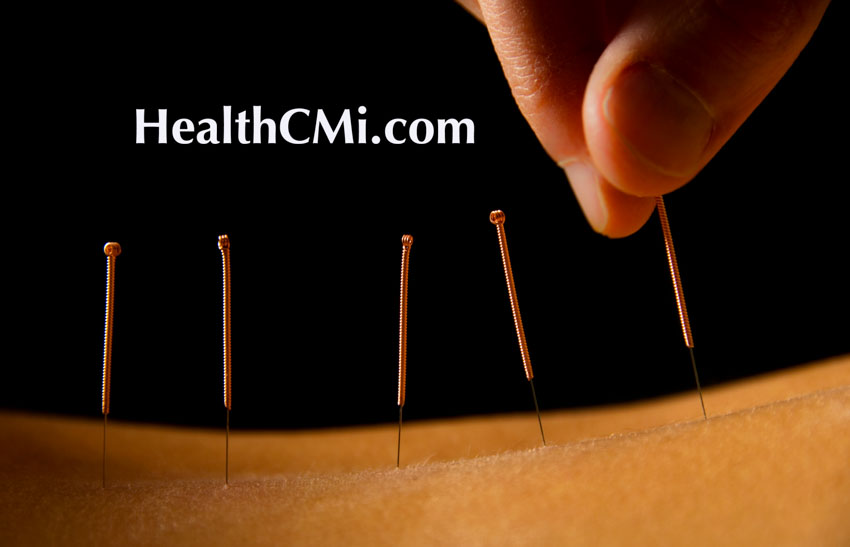
Acupuncture has been found effective in treating postherpetic neuralgia (PHN), which includes nerve related pain due to herpes shingles. Researchers in Zhejiang Provincial Zhongshan Hospital conducted a clinical trial investigated the efficacy of integrating electroacupuncture treatments with the administration of the pharmaceutical drug pregabalin. The results show that the addition of electroacupuncture to drug therapy improves pain relief, mitigates anxiety, and improves sleep quality in PHN patients. [1]
Visual analogue scale (VAS) and brief pain inventory-short form (BPI-SF) were used to assess levels of pain. Hospital anxiety and depression scale (HADS) and insomnia severity index (ISI) were used to assess mental status. At T1 (two weeks following treatment) and T2 (four weeks following treatment), scores of VAS, HADS, ISI, and BPI-SF presented healthy reductions in both groups, with the most significant improvements in the electroacupuncture 2 Hz alternating with 100 Hz group. Another group receiving 2 Hz electroacupuncture showed significant improvements.
A total of 50 PHN patients admitted to the hospital participated in the clinical trial. They were randomized into a 2/100 Hz treatment group and a 2 Hz treatment group, with 25 cases in each group. Patients in both groups took 75 mg pregabalin (Pfizer Inc.) orally twice a day for four consecutive weeks. One case quit in the 2/100 Hz treatment group due to personal reasons. Patients met the following criteria: pain lasted over one month after the shingles rash had healed, pain feels burning, sharp, jabbing numbing, or itching; symptoms of anxiety or depression emerged; loss of confidence in life and even tendencies of committing suicide were present. Those with affected facial areas, perineum, or internal organs were excluded from the research.
For the 2/100 Hz group, the primary points selected included Jiaji (EX-B2) and ashi points. For Jiaji points, the pairs at, above, and below the affected area were used. For ashi points, only the ones located where the skin had recovered were used. Supplementary points included Hegu (LI4) and Waiguan (TB5). For patients whose pain involved areas below the naval, Yanglingquan (GB34) and Qiuxu (GB40) also received treatment.
Patients took a lateral position and the affected area was exposed. For Jiaji acupoints, needles (0.25 mm × 40 mm) were perpendicularly inserted to a depth of 0.5 to 1.0 cun. For ashi points, needles of the same size were inserted along the affected nerves. Oblique insertion method was applied, with the needles forming a 15 degree angle against the skin surface. A total of 10 to 15 filiform needles were inserted into ashi points, with one centimeter spacing between acupoints. Hegu, Waiguan, Yanglingquan, and Qiuxu followed the same technique as Jiaji. An electroacupuncture device was then employed. One electrode was connected to a Jiaji point and the other electrode was linked to an ashi point. A disperse-dense wave was set at 2/100 Hz. Treatments lasted for 30 minutes each session, on alternate days, for four consecutive weeks.
Patients in the 2 Hz group, point-selection, needling technique, and the use of electrodes were identical to that of the 2/100 Hz group. However, frequency of the electroacupuncture device was set at 2 Hz. The 2/100 Hz group had the greatest positive patient outcome rate.
Reference:
[1] Ren Leilei, Sun Ruohan, Li Shimin, Bian Zhiyuan, etc., Efficacy Comparasion of Electroacupuncture with Different Frequencies Combined with Pregabalin for Postherpetic Neuralgia, Shanghai Journal of Acupuncture and Moxibustion, Feb 2023, Vol 42, No 2.


